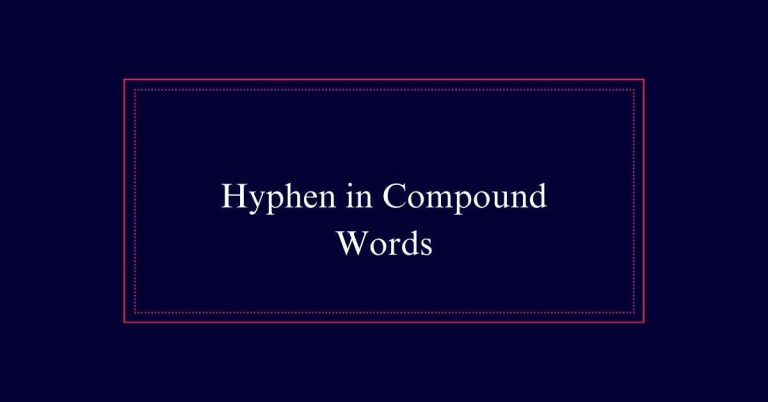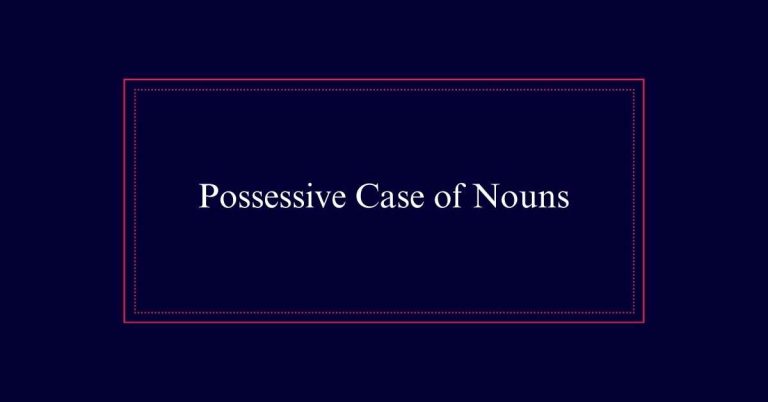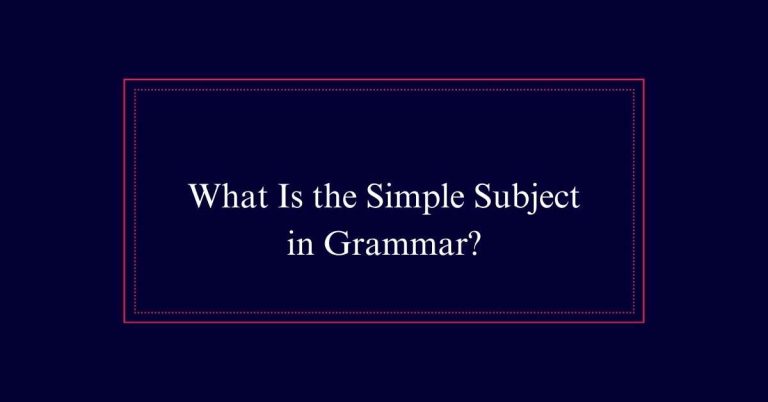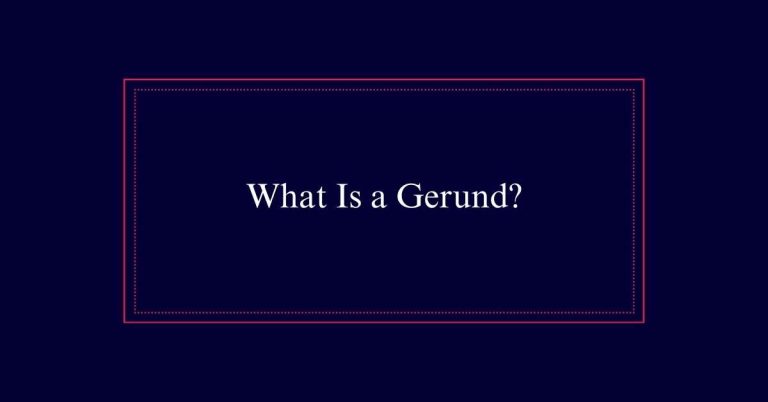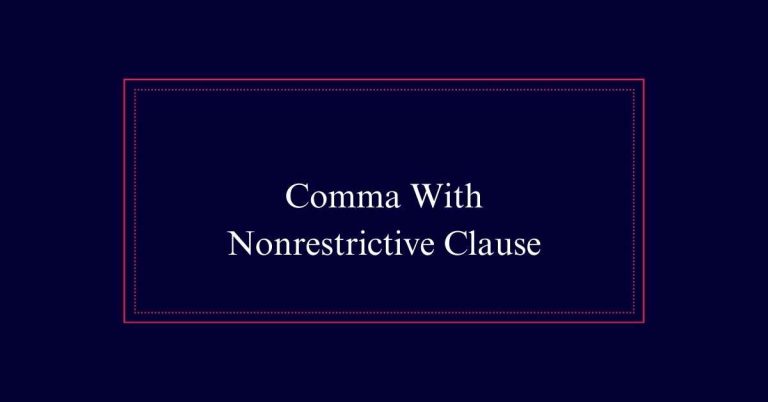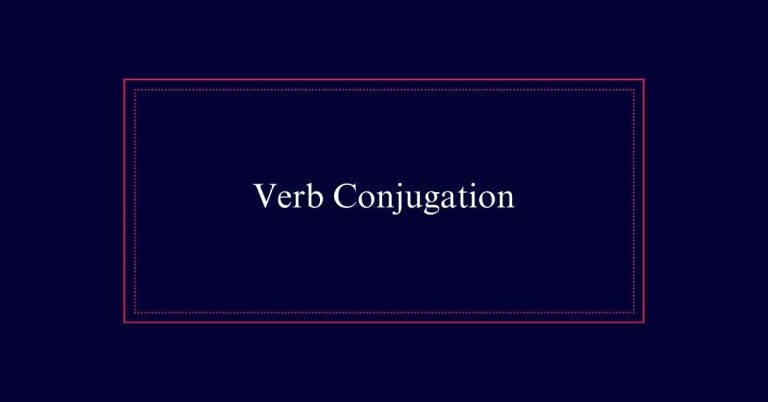What Part of Speech Is “And”?
The word ‘and’ is a coordinating conjunction. It connects words, phrases, or clauses of equal importance within sentences.
For example, in ‘apples and oranges,’ ‘and’ links two nouns. It promotes balance and flow by joining elements that are of the same grammatical structure.
Coordinating conjunctions like ‘and’ are essential for creating clear and cohesive sentences. They help organize information and maintain a smooth progression of ideas.
Parts of Speech Overview
In English grammar, the eight parts of speech form the foundation of sentence construction. These parts of speech are nouns, pronouns, verbs, adjectives, adverbs, prepositions, conjunctions, and interjections.
Each category plays a specific role in sentence formation. Nouns name people, places, or things. Pronouns replace nouns to avoid repetition. Verbs express actions or states of being. Adjectives describe nouns, adding detail. Adverbs modify verbs, adjectives, or other adverbs to provide context.
Prepositions show relationships between nouns or pronouns and other words. Conjunctions link words, phrases, or clauses, ensuring coherence. Interjections express strong emotions or reactions.
Understanding these parts of speech is essential for mastering English grammar and constructing clear, effective sentences.
The Role of Conjunctions
Among the eight parts of speech, conjunctions play a vital role in linking words and phrases to create cohesive sentences. Conjunctions connect various elements within a sentence, such as words, phrases, or clauses. This linking function helps to form complex ideas and add depth to writing.
Conjunctions can be categorized into coordinating, subordinating, and correlative types. Each type has a unique role in sentence structure. For example, coordinating conjunctions like ‘and’ link elements of equal importance. They enable the smooth flow of ideas and ensure clarity.
Function Words in Sentences
Function words, like conjunctions, play a critical role in structuring sentences and conveying relationships between ideas. They include prepositions, articles, pronouns, and conjunctions, among others.
These words are essential in grammar but do not have significant lexical meaning. Instead, they serve to connect, organize, and clarify the relationships between content words. For example, the conjunction ‘and’ links words and phrases of equal importance, ensuring sentences flow logically.
Without function words, sentences would be disjointed and challenging to understand. They help indicate time, contrast, cause, and other relationships important for clear communication.
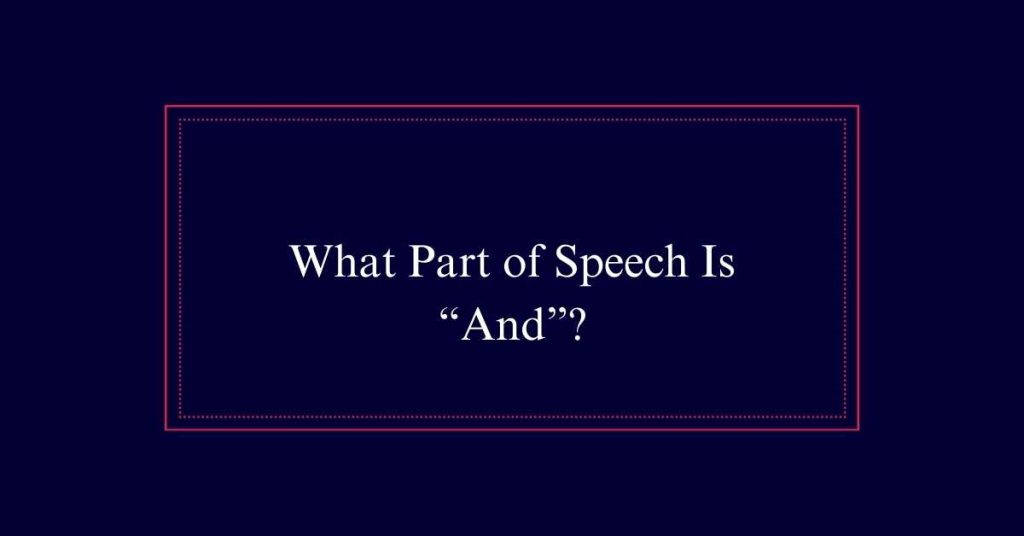
Coordinating Conjunctions
Coordinating conjunctions, such as ‘and’, ‘but’, and ‘or’, frequently link words, phrases, or clauses of equal importance. These conjunctions guarantee that the elements they connect are seen as equivalent within a sentence.
For instance, in the phrase ‘apples and oranges,’ both fruits are given equal weight. Similarly, in ‘She was tired but happy,’ the two adjectives balance each other.
Coordinating conjunctions are essential for constructing clear and balanced sentences. They streamline communication and help maintain the flow of ideas.
Other common coordinating conjunctions include ‘for’, ‘nor’, ‘so’, and ‘yet’. Each serves a unique purpose in indicating relationships between ideas, enhancing the coherence and readability of text.
Understanding ‘And’
Understanding ‘and’ requires recognizing its role as a coordinating conjunction that connects words, phrases, or clauses of equal importance. It serves to add elements together, demonstrating their equal status in a sentence. For example, in the phrase ‘apples and oranges,’ both items are given equal weight.
The conjunction ‘and’ helps maintain the balance and flow of ideas, making sentences clear and cohesive. It also plays a vital role in compound sentences, linking independent clauses to create more complex and nuanced expressions.
Examples of ‘And’ in Use
Lastly, ‘and’ frequently appears in sentences to connect words and ideas, ensuring smooth and coherent communication.
For instance, in the sentence ‘Reese and Haruka are gym members,’ ‘and’ joins two nouns.
Another example is ‘Premed requirements include biology, chemistry, and physics,’ where ‘and’ links multiple items in a list.
Additionally, ‘Finishing tasks involves organizing, cleaning, and shutting down’ uses ‘and’ to connect actions.
In ‘Offering help and receiving help is encouraged,’ ‘and’ connects two related actions.
To conclude, ‘Forgetfulness of names and dates affects historical knowledge’ shows ‘and’ linking two related concepts.
These examples illustrate the essential role ‘and’ plays in connecting similar elements, ensuring sentences are clear and coherent.
Connecting Tasks With ‘And’
Tasks are often connected in a sequence to streamline processes and guarantee efficiency. Using ‘and’ helps in illustrating this connection clearly.
For example, consider a morning routine: you might say, ‘I wake up, brush my teeth, and have breakfast.’ Here, ‘and’ links brushing teeth and having breakfast, showing these tasks happen in a sequence.
In a workplace scenario, you might say, ‘Complete the report, email the client, and attend the meeting.’ Again, ‘and’ connects these tasks, indicating their order.
‘And’ in Compound Subjects
In compound subjects, ‘and’ connects multiple nouns to act as a single subject within a sentence. This means that the joined nouns share the same verb.
For example, in the sentence ‘Sarah and Tom are going to the store,’ ‘Sarah’ and ‘Tom’ are linked by ‘and’ to form a compound subject. This compound subject then takes the verb ‘are.’ Using ‘and’ in this way helps to combine ideas and make sentences more concise. It also shows that the actions or descriptions apply to both nouns together.
Therefore, ‘and’ is essential for creating clear and efficient sentences when multiple subjects perform the same action.
Academic Contexts for ‘And’
Understanding how ‘and’ functions in compound subjects provides a foundation for exploring its role in academic contexts. In academic writing, ‘and’ often connects ideas, concepts, or research findings.
For instance, in scientific papers, ‘and’ links variables or conditions, such as ‘temperature and pressure.’ In literature reviews, it combines theories or studies, enhancing depth: ‘Smith (2010) and Jones (2012) found similar results.’
Additionally, ‘and’ is vital in listing elements in research questions and hypotheses. It guarantees clarity and thoroughness in academic arguments. By connecting related items, ‘and’ helps present information clearly, facilitating better understanding.
Therefore, ‘and’ is an essential tool for constructing well-organized, coherent academic texts.
Coordinating Conjunctions List
Coordinating conjunctions are essential elements that connect words, phrases, or clauses of equal importance in a sentence. They guarantee the smooth flow of ideas and maintain the balance within sentences.
The primary coordinating conjunctions are often remembered by the acronym FANBOYS: for, and, nor, but, or, yet, and so. Each serves a unique purpose. ‘For’ indicates reason; ‘and’ adds information; ‘nor’ presents a negative option; ‘but’ contrasts ideas; ‘or’ offers alternatives; ‘yet’ shows contrast despite something; and ‘so’ indicates a result.
These conjunctions are vital for constructing clear and coherent sentences, making them an integral part of effective communication. Understanding their roles helps in mastering sentence structure and improving writing clarity.
Frequently Asked Questions
Can ‘And’ Be Used to Start a Sentence?
Yes, ‘and’ can start a sentence. While traditional grammar rules suggest otherwise, modern usage accepts it for stylistic reasons. It can emphasize a point or smoothly connect ideas from a previous sentence.
How Does ‘And’ Function in Complex Sentences?
In complex sentences, ‘and’ functions to connect clauses or phrases, ensuring the sentence flows smoothly. It links related ideas, maintaining coherence and allowing for the combination of multiple thoughts within a single sentence structure.
Are There Alternatives to Using ‘And’?
Yes, there are alternatives to using ‘and’. You can use other coordinating conjunctions like ‘but,’ ‘or,’ and ‘nor.’ Additionally, semicolons or commas can connect phrases or clauses, depending on the sentence structure.
What Are Common Mistakes When Using ‘And’?
Common mistakes when using ‘and’ include creating run-on sentences, omitting necessary commas in lists, and failing to maintain parallel structure. Ensuring correct punctuation and balanced sentence elements can effectively avoid these errors.

